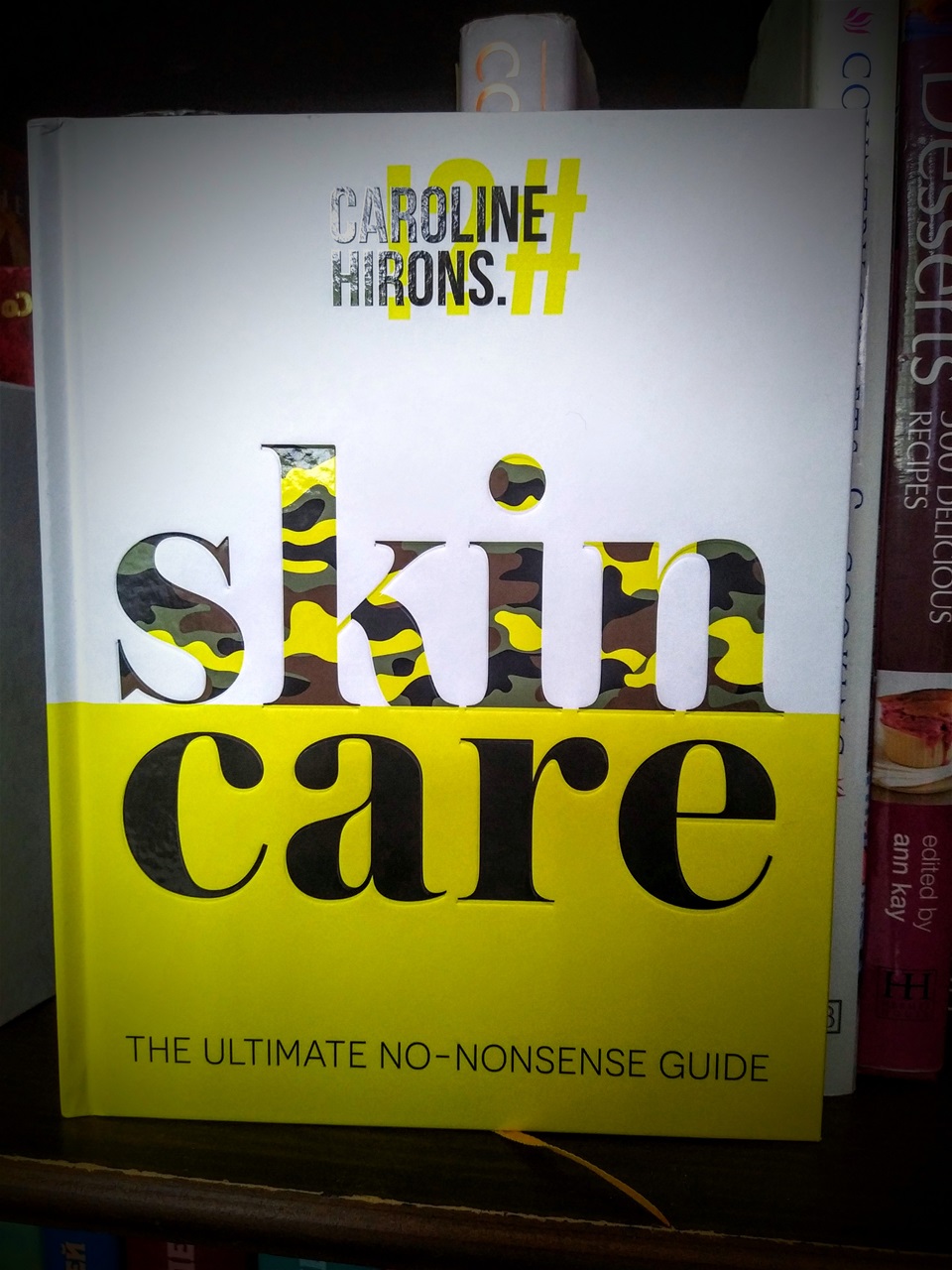Review: Caroline Hirons' book Skincare
There are certain caveats I would like to make before going into the review of the book. I am reviewing this from my own perspective as a skincare enthusiast. I am not a dermatologist nor an aesthetician. I am consumer with a love for skincare; I am a reviewer of products; I like to read scientific articles from time to time. Skincare is a mix between science and art. And science is fact-based, let us remember that.
I have bought this book with my own money, and I will always have respect for anyone who supports a dialogue/ healthy discussion. I do not support fanatism of any sort. Fanatism leads to bias most times, and when you are writing honest reviews, your goal is to eliminate as many biases as you can in order to provide the reader with your raw yet constructive opinion.
Anyways, back to the book. I think, overall, it is a good book. Good illustrations, good content. I would recommend this book for anyone who is just getting into skincare. You will find a lot of useful information there. For me, however, the book was more basic in its nature, and granted, I am probably not the target audience. I will definitely use this book in the future when I am pondering on content as it provides excellent summaries – it is a good guide for me when it comes to what topics I want to cover next. However, this book does not receive 5 stars from me. I would give it, however, a solid 3.5/5 stars. Here is why.
Hirons makes a lot of absolute statements throughout her book. If those statements had been along the lines of “humans need oxygen to function”, I do not think anyone would question that in the slightest. But I am not talking about “common sense”. I am talking about statements that are debatable and can, depending on who you ask, result in different qualified opinions. I have a problem with absolute statements – but what I have an even bigger problem with is when such statements are written without the slightest of explanation. The statement is just made – take it or leave it, basically. To me, that is just bad or lazy journalism. If the author cannot provide a citation to a scientific article, at least leave some sort of an explanation. Explain to the reader why, do not leave them hanging. Because when that happens, a smart and knowledge-seeking reader will do one thing: Google. And believe me, Google will provide them with a lot of different opinions on the matter, oftentimes from people in the field. And since none of you will probably reference any scientific articles, everything then leads to the question of credibility. And for me, science should not be “he said, she said”.
Let me give you an example – turn to page 53, where the author shows/says that one should not put Vitamin A onto the neck area. Why, Caroline, why? I want to know the reason behind your statement, but when I turn the page, I see that you start talking about something completely different. You could have expanded on it, easily. I am sure many people want to know why you think Vitamin A should not be applied onto the neck area. Put it in the book!
Another thing that strikes me is the inconsistencies between “words” and “practice”. For example, Hirons discusses how the incorporation of glitter in skincare is useless. I fully agree with such a statement. Glitter serves no real purpose in skincare. But then, Caroline Hirons decides to release spring kits with an eye cream that has mica in it. Believe it or not, mica is like glitter, only purpose is to give a fake shimmer. It is a stone that does not have any real benefit in skincare, it only gives a fake brightening effect to your undereye area, ohh…and potential dermatitis (as it can irritate the sensitive skin around your eyes). Double standards? You can be the judge.
Overall, it is a good book, written in Caroline's signature style and wit. No one can argue with that. But I am also lacking a few things. No real references and often a lack of explanations, but a lot of statements. And since Caroline is not sitting in the lab and/or publishing her scientific findings, it is a bit difficult to use this book as a “reference”. “Caroline said so” is not a good enough scientific basis, in my opinion.

